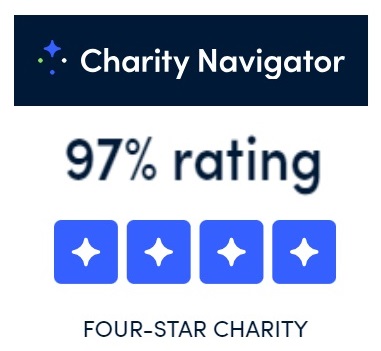We have been pursuing neuroscience research since 2005 – and we’re good at what we do.
Here’s some of our past work to show you what we’re about.

It’s why you feel sick when you’re infected
The vagus nerve plays a surprisingly involved role in severe infections such as sepsis. Original research supported by a Woodruff Grant from Emory University shows how modulating vagus nerve function can affect sickness behaviors and survival from sepsis.
Predicting deadly complications after brain hemorrhage
Cerebral artery vasospasm is a constriction of brain arteries developing several days after subarachnoid hemorrhage. Vasospasm is the primary cause of morbidity and mortality in subarachnoid hemorrhage patients who survive the initial hemorrhage. Supported by an American Heart Association grant, NeuroSpring's research found a protein in the blood - haptoglobin - to be the strongest risk factor for predicting the development of vasospasm in subarachnoid hemorrhage patients. NeuroSpring’s seminal research led to creation of the international Haemoglobin After intracranial Haemorrhage (HATCH) Consortium.


A strange steroid causes dangerous headaches
Pseudotumor cerebri (also known as idiopathic intracranial hypertension) is a headache condition that often damages vision. Caused by an increase in pressure inside the skull, pseudotumor was previously not known to have a cause. With support from the National Headache Foundation, NeuroSpring was the first to discover a link between levels of the plant steroid, ouabain, and pseudotumor cerebri. To do so, NeuroSpring organized an international collaboration involving hospitals and research facilities in Japan, Israel, Kuwait, Canada, and the United States.
When can steroids help with head trauma?
A family of steroids known as glucocorticoids has often been studied as a possible therapy for traumatic brain injury patients, but with conflicting and confusing results. NeuroSpring found that glucocorticoids may be effective, but only in certain types of traumatic brain injury patients.
Size matters as much as location
Previous research has suggested that stroke in a certain part of the brain called the insula cortex is particularly dangerous because it affects cardiac function. NeuroSpring's research indicates that the association between stroke in the insula and poor outcomes is not as straightforward as previously believed.
The time is now, and the place is here.
NeuroSpring is a 501(c)(3) public charity. Certified by the U.S. Internal Revenue Service in 2006, NeuroSpring has achieved Platinum certification from GuideStar™ and four-star certification from Charity Navigator™ for our organizational transparency and efficient use of funding.
More than 96% of our funding goes to our research and internship programs.

